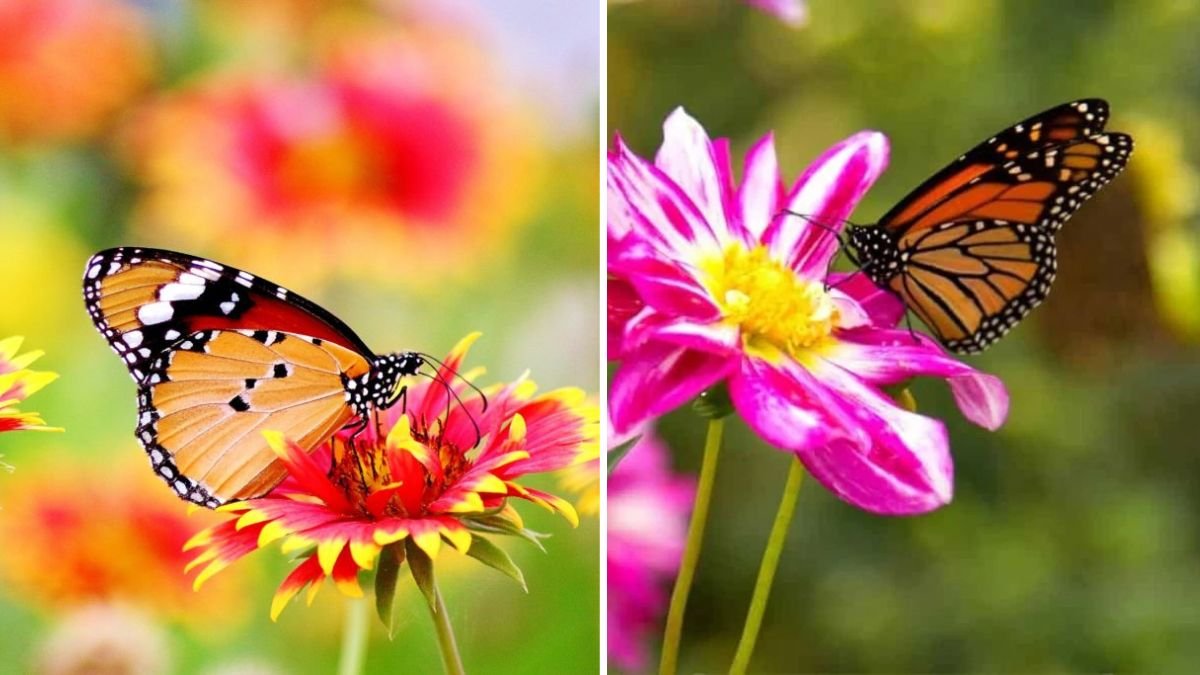Pollinators are essential to the health of our ecosystems and the productivity of our gardens. Bees, butterflies, hummingbirds, and other pollinators not only help plants reproduce by transferring pollen, but they also contribute to the growth of fruits, vegetables, and ornamental plants. Planting pollinator-friendly flowers supports these vital creatures while creating vibrant, thriving gardens. Selecting the right flowers can attract a wide range of pollinators, extend bloom periods, and enhance biodiversity. This article explores the best pollinator-friendly flowers to plant, along with guidance on how to create a garden that is both beautiful and ecologically beneficial.
1. Understanding Pollinator-Friendly Flowers
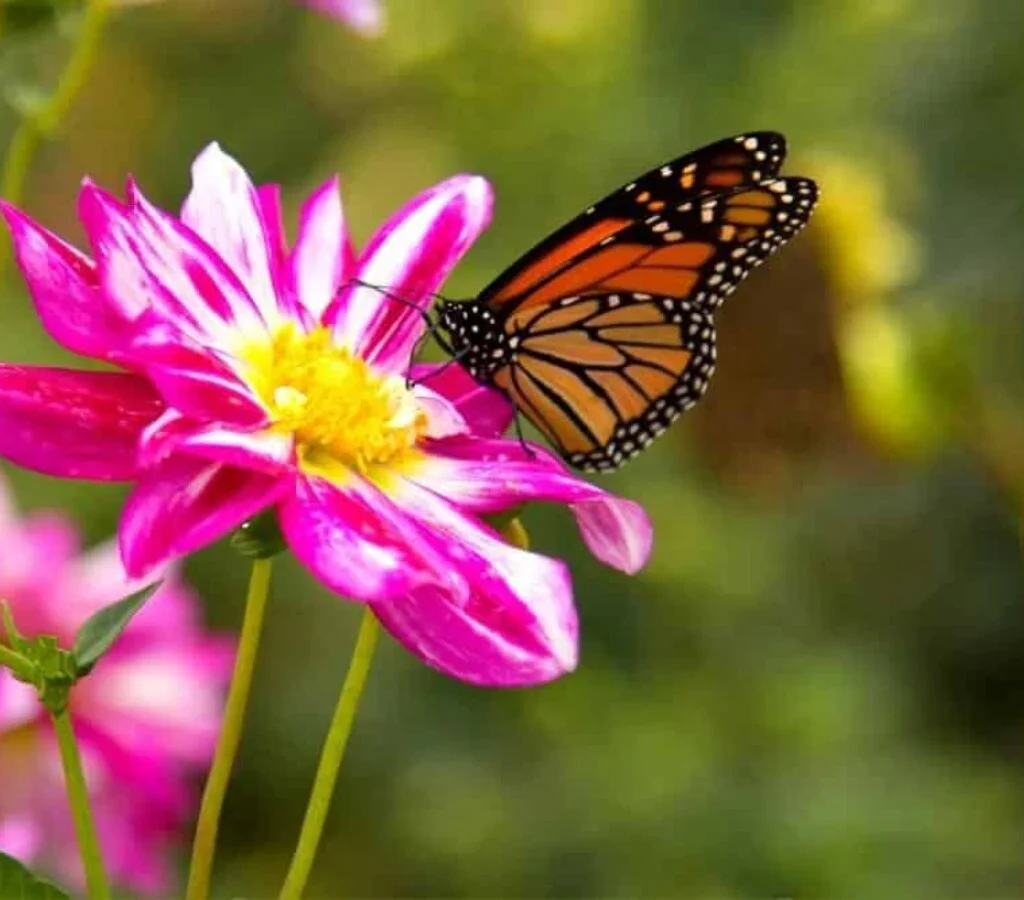
Pollinator-friendly flowers have characteristics that attract and sustain insects and birds:
- Bright Colors: Bees are attracted to blue and yellow flowers, while butterflies prefer red, orange, pink, and purple.
- Nectar and Pollen: Flowers that provide ample nectar and pollen supply food for pollinators.
- Shape and Accessibility: Open or tubular flowers make it easier for pollinators to access nectar.
- Continuous Blooming: Flowers with extended bloom periods support pollinators throughout the growing season.
By considering these traits, gardeners can select plants that maximize pollinator visits and benefit both the garden and local ecosystems.
2. Top Pollinator-Friendly Flowers
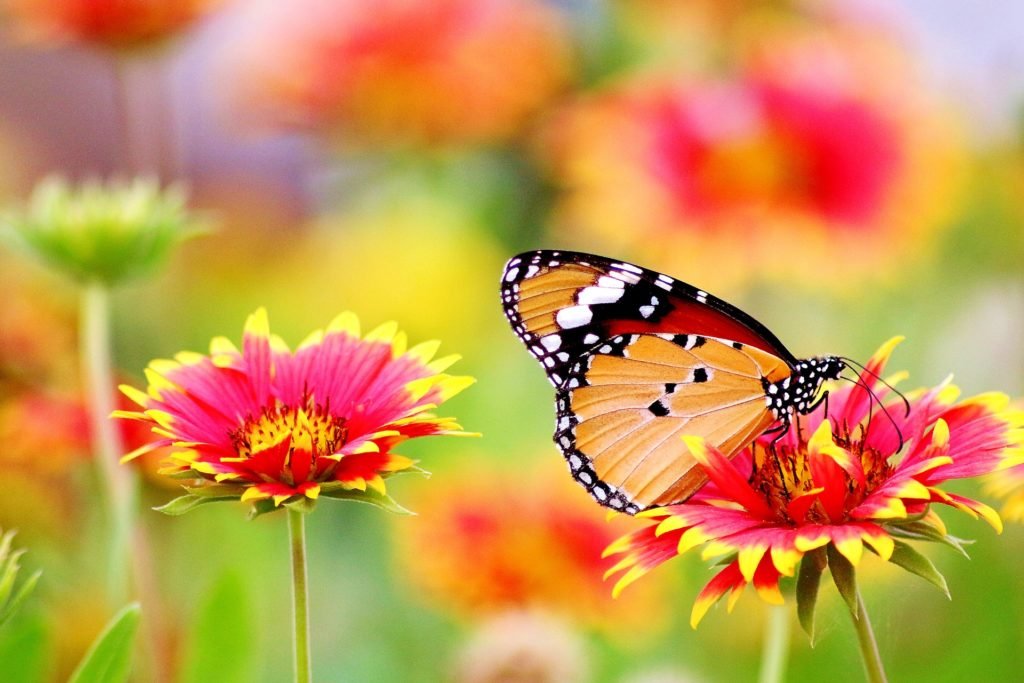
Here are some of the best flowers to plant to attract bees, butterflies, and other pollinators:
a) Lavender (Lavandula spp.)
Overview: Lavender is a fragrant herb known for its beautiful purple spikes and calming scent.
Why It’s Pollinator-Friendly:
- Produces abundant nectar for bees and butterflies.
- Long flowering season from late spring to summer.
- Strong fragrance attracts pollinators from a distance.
Care Tips:
- Plant in full sun and well-draining soil.
- Prune after flowering to encourage bushy growth.
- Water moderately; avoid waterlogged conditions.
b) Coneflower (Echinacea spp.)
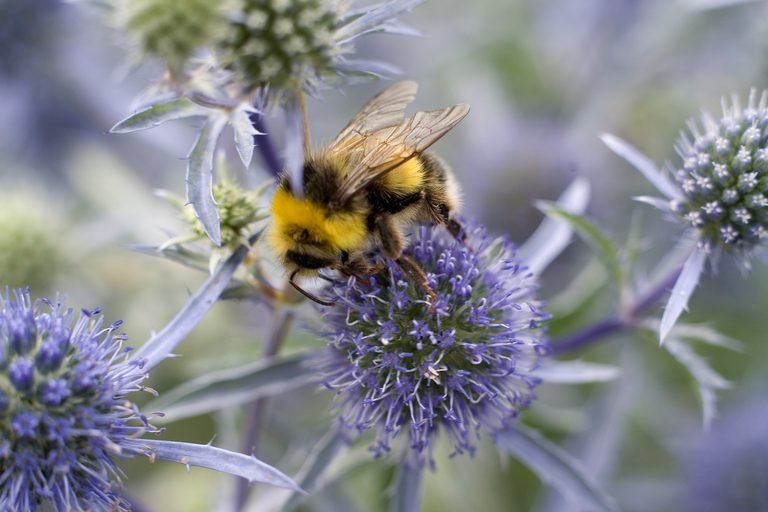
Overview: Coneflowers are hardy perennials with vibrant petals surrounding a prominent central disk.
Why It’s Pollinator-Friendly:
- Offers nectar and pollen to bees, butterflies, and even hummingbirds.
- Long-lasting blooms throughout summer.
- Drought-tolerant and low maintenance.
Care Tips:
- Grow in full sun with well-draining soil.
- Deadhead spent blooms to extend flowering.
- Suitable for borders and wildflower gardens.
c) Sunflowers (Helianthus annuus)
Overview: Sunflowers are iconic tall blooms that provide seeds in addition to nectar.
Why It’s Pollinator-Friendly:
- Large flower heads attract bees and butterflies.
- Nectar and pollen support early summer pollinators.
- Seeds provide food for birds after blooming.
Care Tips:
- Plant in full sun with fertile, well-draining soil.
- Support tall varieties with stakes.
- Water consistently, especially during flowering.
d) Bee Balm (Monarda spp.)
Overview: Bee balm is a showy, aromatic perennial that thrives in sunny locations.
Why It’s Pollinator-Friendly:
- Produces tubular flowers ideal for bees, hummingbirds, and butterflies.
- Long bloom period from mid to late summer.
- Attracts beneficial insects that support garden health.
Care Tips:
- Plant in full sun to partial shade.
- Space plants to allow airflow and reduce mildew risk.
- Cut back after blooming to encourage additional flowers.
e) Salvia (Salvia spp.)
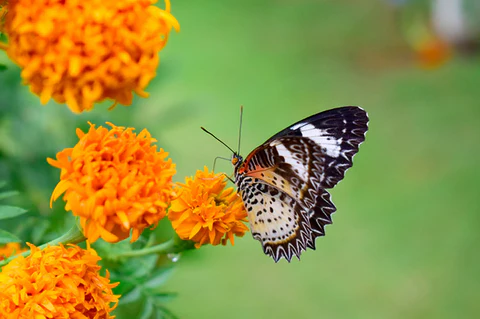
Overview: Salvias are versatile flowering plants with spiky blooms in a variety of colors.
Why It’s Pollinator-Friendly:
- Tubular flowers attract bees, butterflies, and hummingbirds.
- Extended bloom period in summer and early fall.
- Low maintenance and drought-tolerant.
Care Tips:
- Plant in full sun and well-draining soil.
- Remove spent blooms to encourage continued flowering.
- Use in borders, containers, or pollinator gardens.
f) Zinnias (Zinnia spp.)
Overview: Zinnias are bright, cheerful annuals that add bold colors to any garden.
Why It’s Pollinator-Friendly:
- Open flowers provide easy access to nectar for bees and butterflies.
- Continuous blooms throughout summer.
- Resistant to many pests and diseases.
Care Tips:
- Plant in full sun with fertile, well-draining soil.
- Water regularly, but avoid wetting foliage to prevent mildew.
- Deadhead to extend flowering season.
g) Milkweed (Asclepias spp.)
Overview: Milkweed is vital for butterfly populations, especially monarchs.
Why It’s Pollinator-Friendly:
- Nectar-rich flowers attract bees and butterflies.
- Serves as a host plant for monarch caterpillars.
- Blooms from late spring to summer.
Care Tips:
- Grow in full sun with well-draining soil.
- Avoid removing leaves as they provide habitat for caterpillars.
- Plant in clusters for maximum butterfly attraction.
h) Black-eyed Susan (Rudbeckia hirta)
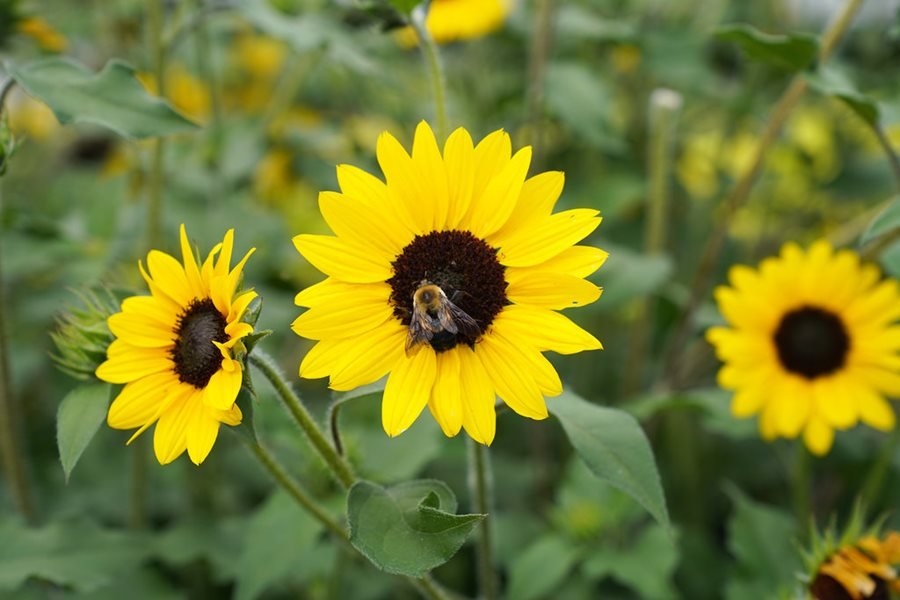
Overview: Black-eyed Susans are cheerful yellow flowers with dark centers.
Why It’s Pollinator-Friendly:
- Nectar and pollen attract bees and butterflies.
- Long bloom period from summer to early fall.
- Low maintenance and drought-tolerant.
Care Tips:
- Plant in full sun to partial shade.
- Deadhead to prolong flowering.
- Suitable for borders and meadow-style gardens.
3. Tips for Designing a Pollinator Garden
Creating a garden specifically to attract pollinators ensures that your plants and local wildlife thrive together. Consider these principles:
a) Plant Diversity
Use a mix of flowering plants with varying colors, shapes, and bloom times to attract a broad spectrum of pollinators throughout the season.
b) Continuous Bloom
Choose plants that bloom from early spring to late fall. Combining early bloomers like crocuses with late bloomers like asters ensures a constant nectar supply.
c) Native Plants
Native plants are often best suited for local pollinators. They are adapted to regional conditions and provide ideal food sources.
d) Avoid Pesticides
Chemical pesticides can harm bees and butterflies. Opt for organic pest control methods and encourage beneficial insects.
e) Group Plants in Clumps
Plant flowers in clusters rather than scattered singly. Pollinators are more likely to visit large groups of blooms, which increases pollination efficiency.
4. Providing Additional Resources for Pollinators
Pollinators need more than flowers. Enhance your garden’s appeal by providing:
- Water Sources: Shallow dishes or birdbaths for bees and butterflies.
- Shelter: Small brush piles, bee hotels, and hedgerows for nesting.
- Host Plants: Include species like milkweed or parsley for butterfly larvae.
- Sun Exposure: Many pollinators are most active in sunny locations.
These resources make your garden a complete habitat, ensuring pollinator visits and long-term garden health.
5. Seasonal Considerations
Pollinator-friendly gardening is about planning for the entire growing season:
- Spring: Crocus, tulips, primroses, and blueberry flowers attract early bees.
- Summer: Lavender, bee balm, zinnias, and coneflowers provide abundant nectar.
- Fall: Asters, goldenrod, and late-blooming salvias keep pollinators nourished before winter.
By selecting flowers that bloom at different times, your garden becomes a haven for pollinators from early spring to late fall.
Conclusion
Planting pollinator-friendly flowers is an essential step toward sustaining local ecosystems, enhancing biodiversity, and creating a vibrant, productive garden. Flowers such as lavender, coneflowers, sunflowers, bee balm, salvia, zinnias, milkweed, and black-eyed Susans attract bees, butterflies, and hummingbirds while offering extended bloom periods and visual appeal. By incorporating a variety of flowering times, providing shelter and resources, and avoiding harmful chemicals, gardeners can create a beautiful and ecologically supportive environment. A pollinator-friendly garden not only benefits wildlife but also enhances the health, color, and productivity of your outdoor spaces, making it a win-win for both people and nature.
